Certain national parks stand above the rest for those who view hiking as more than a casual pastime. They offer terrain that tests both physical endurance and mental fortitude. These sanctuaries of challenging trails feature dramatic elevation changes, technical terrain, extreme weather conditions, and remote wilderness that provide the ultimate proving ground for experienced hikers seeking to push their limits.
Here is a list of 20 national parks that offer exceptional opportunities for those ready to tackle some of the most demanding hiking experiences available in protected natural settings.
Yosemite National Park, California
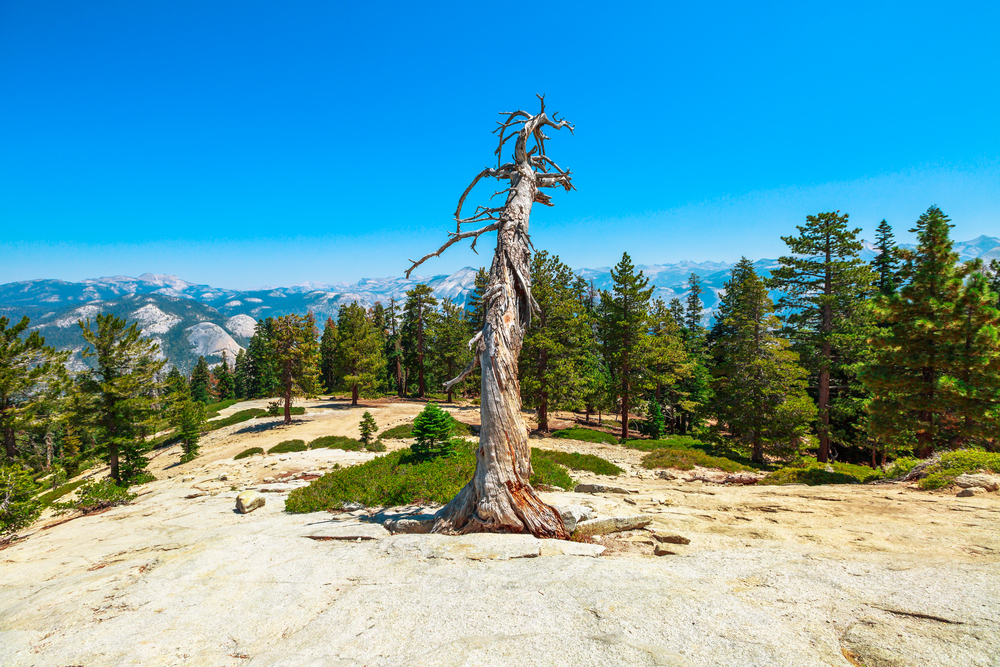
With over 100 strenuous trails, Yosemite stands as a paradise for hardcore hikers. The iconic Half Dome cable route delivers a 16-mile round trip with 4,800 feet of elevation gain, including the famous cable section where hikers pull themselves up the steep granite dome.
For even greater challenges, the full John Muir Trail—beginning or ending in Yosemite—offers experienced hikers a taste of one of America’s premier long-distance routes. The park’s diverse terrain shifts from waterfall-laden valleys to exposed alpine zones, requiring hikers to be prepared for rapidly changing conditions and technical sections.
Grand Canyon National Park, Arizona
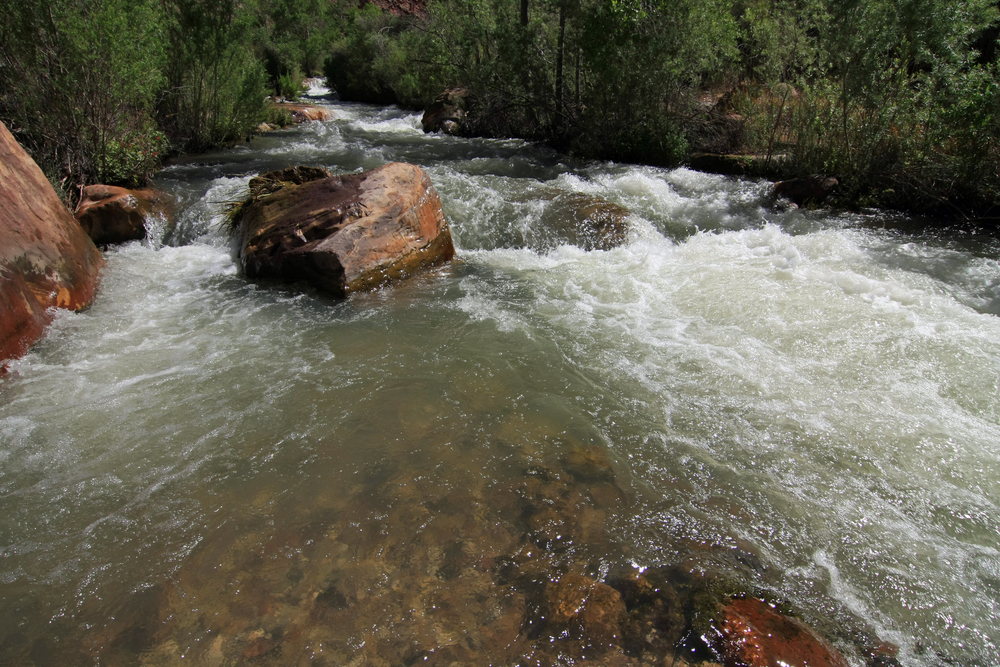
Nothing tests a hiker’s mettle quite like the Grand Canyon’s rim-to-rim trek. This epic journey spans 24 miles with over 10,000 feet of cumulative elevation change as hikers descend from the rim, cross the Colorado River, and climb back up the opposite side.
The relentless verticality combined with temperatures that can exceed 100°F in the inner canyon creates one of the most physically demanding day hikes in the national park system. The South Kaibab to Bright Angel route stands as a benchmark challenge that separates casual hikers from the truly dedicated.
Like Travel Pug’s content? Follow us on MSN.
Glacier National Park, Montana
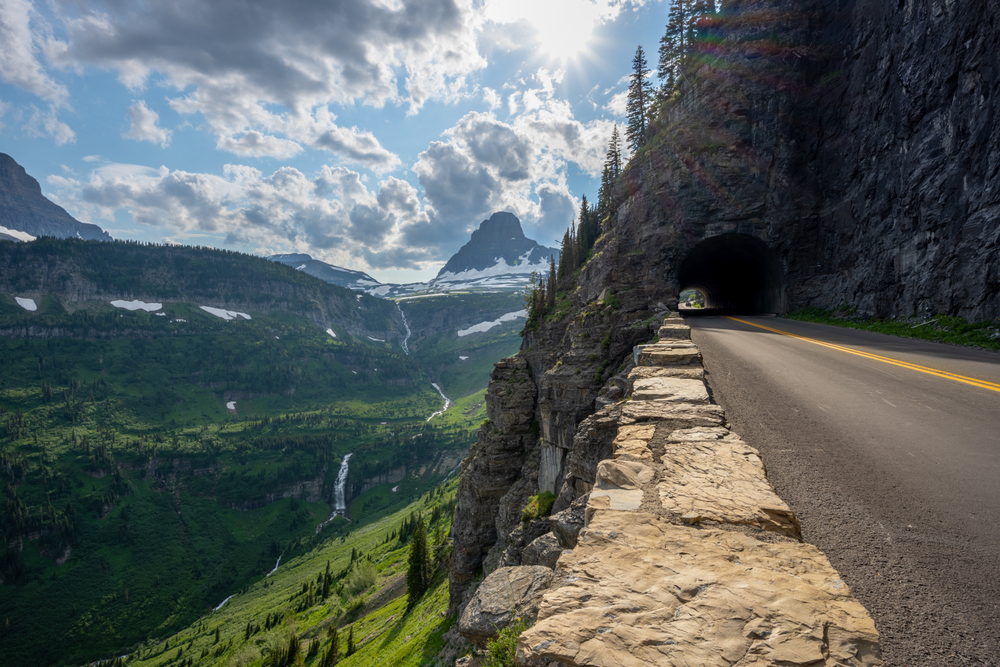
The Highline Trail exemplifies the rugged intensity Glacier offers serious hikers, with narrow ledges carved into cliffside walls and significant exposure that demands unwavering focus. The Garden Wall section tests nerve as well as endurance with drop-offs exceeding 1,000 feet.
Beyond the technical challenges, hikers must remain vigilant in grizzly bear country and be prepared for rapidly changing mountain weather. With over 80 challenging trails weaving through knife-edged ridges and alpine tundra, Glacier rewards the well-prepared with some of America’s most pristine wilderness experiences.
Rocky Mountain National Park, Colorado

The thin air at elevations exceeding 12,000 feet adds an extra dimension of difficulty to Rocky Mountain’s most challenging hikes. The Keyhole Route on Longs Peak stands as one of America’s classic mountaineering routes accessible to experienced hikers.
It requires a pre-dawn start and exceptional stamina to navigate its 15 miles and nearly 5,000 feet of elevation gain. Unpredictable mountain weather, including sudden afternoon thunderstorms, demands that hikers possess excellent planning skills and the wisdom to turn back when conditions deteriorate.
Zion National Park, Utah
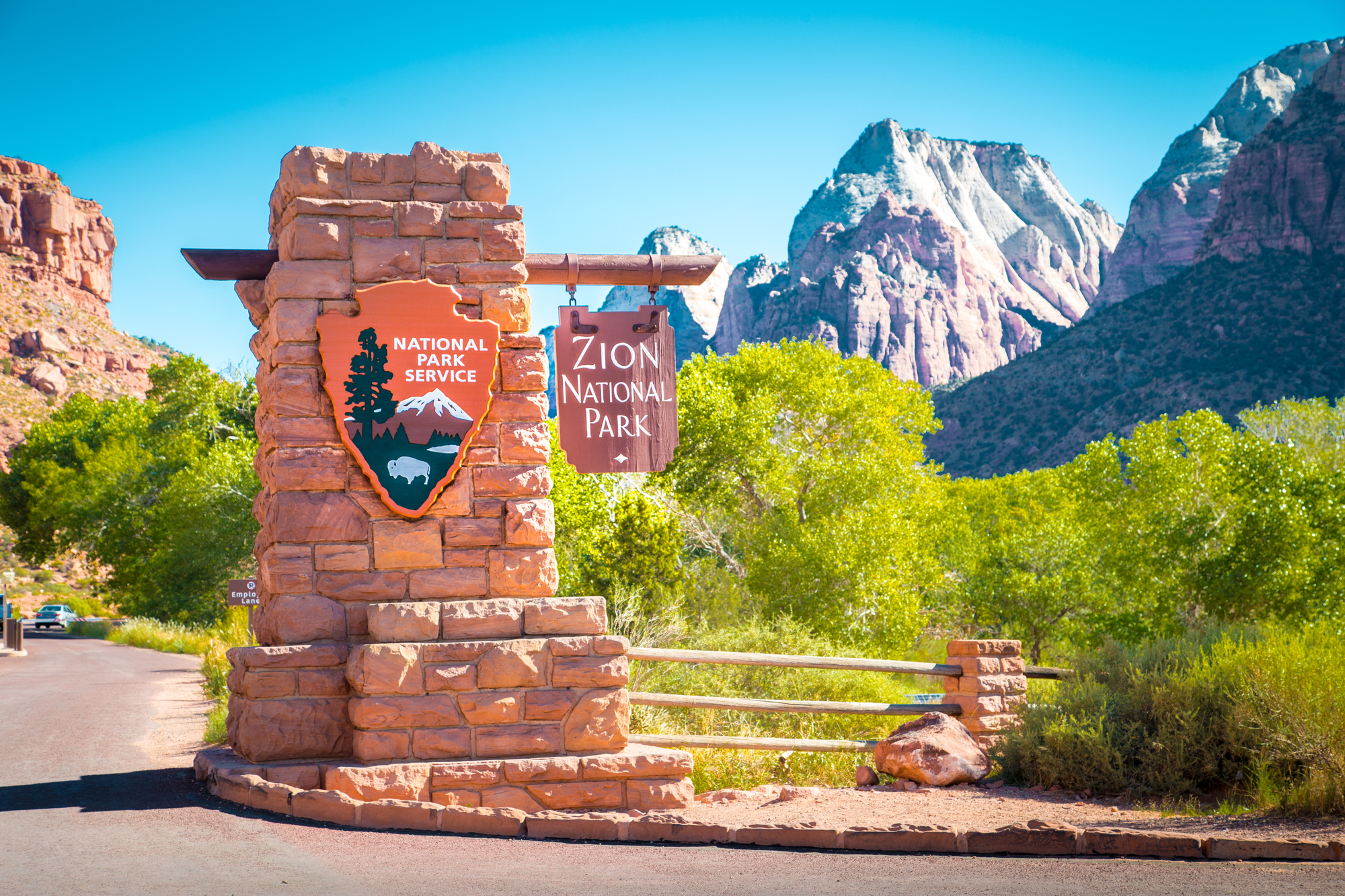
Angels Landing has earned its reputation as one of America’s most thrilling trails, with steep drop-offs on both sides of a narrow ridge protected only by chains secured to the rock. Beyond this famous challenge, experienced hikers can tackle the complete Zion Traverse, a strenuous 47-mile route that showcases the park’s dramatic canyons, requiring technical skills, careful water management, and resilience in temperatures that can swing dramatically between day and night.
The combination of technical scrambling and desert conditions creates a uniquely demanding environment.
Like Travel Pug’s content? Follow us on MSN.
Mount Rainier National Park, Washington

The Wonderland Trail circumnavigates the massive volcano over 93 miles with more than 22,000 feet of cumulative elevation gain, representing the ultimate challenge for experienced backpackers. For day hikers, the Camp Muir Trail tests endurance with 4,600 feet of elevation gain, much of it over snow fields requiring self-arrest skills.
The combination of glaciated terrain, technical snow travel, and unpredictable mountain weather demands that hikers come prepared with mountaineering skills beyond what most national park trails require.
Denali National Park, Alaska

True wilderness hiking awaits in Denali, where maintained trails give way to unmarked backcountry routes requiring exceptional navigation skills. The Kesugi Ridge traverse demands that hikers manage significant exposure, talus fields, and potentially severe weather conditions.
The park’s open terrain means visitors must be completely self-sufficient and able to adapt to rapidly changing conditions. Unlike most parks, Denali’s challenges extend beyond the technical to include significant wildlife considerations, with grizzly bears requiring constant vigilance.
Canyonlands National Park, Utah

The aptly named Maze District offers disorienting canyons where navigation skills become as crucial as physical conditioning. Water access concerns in this desert environment force hikers to carry substantial weight, adding to the challenge of routes that involve scrambling, route-finding, and managing extreme temperature fluctuations between day and night.
Remote enough that rescue operations could take days, the Maze demands self-reliance beyond what most national park hikes require, making it a proving ground for experienced desert hikers.
Like Travel Pug’s content? Follow us on MSN.
Olympic National Park, Washington

The Bailey Range Traverse represents one of America’s premier wilderness challenges, with limited trail access requiring extensive cross-country travel through dense rainforest and exposed alpine terrain. Hikers must navigate by map and compass while managing near-constant precipitation in the rainforest sections and potentially treacherous snow in the high country, even in summer.
This combination of varied ecosystems and navigational challenges attracts those seeking a comprehensive test of their backcountry skills.
North Cascades National Park, Washington

Sahale Arm Trail delivers relentless elevation gain through increasingly technical terrain, culminating at Sahale Glacier Camp with exposure that tests even experienced hikers. The park’s remote nature and limited access routes mean visitors must maintain complete self-sufficiency while navigating terrain that often requires scrambling skills.
Rapidly changing mountain weather adds complexity to route planning, with snow lingering on north-facing slopes well into summer, requiring hikers to carry appropriate equipment for multiple conditions.
Grand Teton National Park, Wyoming

The Grand Teton summit represents a hybrid hiking-climbing challenge that pushes conventional hiking to its limits. The Teton Crest Trail offers a slightly less technical but equally demanding multi-day route with significant elevation changes and potential snowfield crossings even in late summer.
With weather that can shift from summer heat to winter conditions within hours, hikers must possess exceptional backcountry judgment and the physical conditioning to manage demanding terrain while carrying sufficient supplies.
Like Travel Pug’s content? Follow us on MSN.
Wrangell-St. Elias National Park, Alaska

America’s largest national park offers true expedition-style hiking for those prepared to manage glacier crossings, unbridged river fords, and complete wilderness isolation. The Goat Trail along the Chitistone Canyon represents just one of many routes requiring technical skills beyond traditional hiking.
With minimal infrastructure and vast distances between access points, hikers must demonstrate exceptional self-reliance and wilderness judgment while navigating terrain that remains largely untamed by trail construction.
Sequoia & Kings Canyon National Parks, California
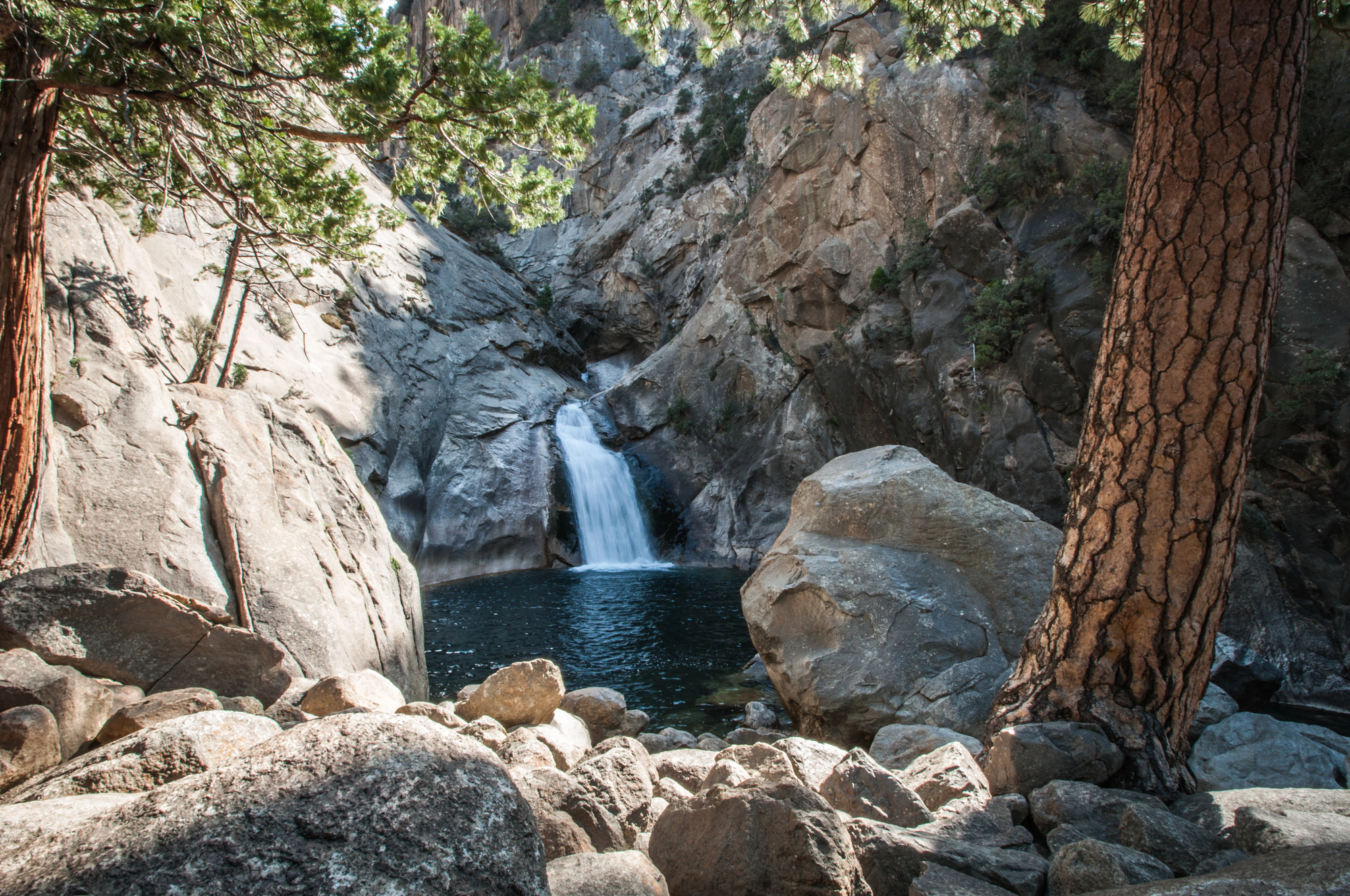
The High Sierra Trail traverses some of America’s most demanding alpine terrain over 72 miles from giant sequoia groves to the summit of Mount Whitney, the highest point in the contiguous United States. Technical creek crossings, high-altitude passes, and rapidly changing mountain weather demand that hikers possess both physical stamina and sound judgment.
The park’s remote western sections offer solitude rarely found in California’s popular mountain destinations, but require hikers to be fully self-sufficient for extended periods.
Acadia National Park, Maine
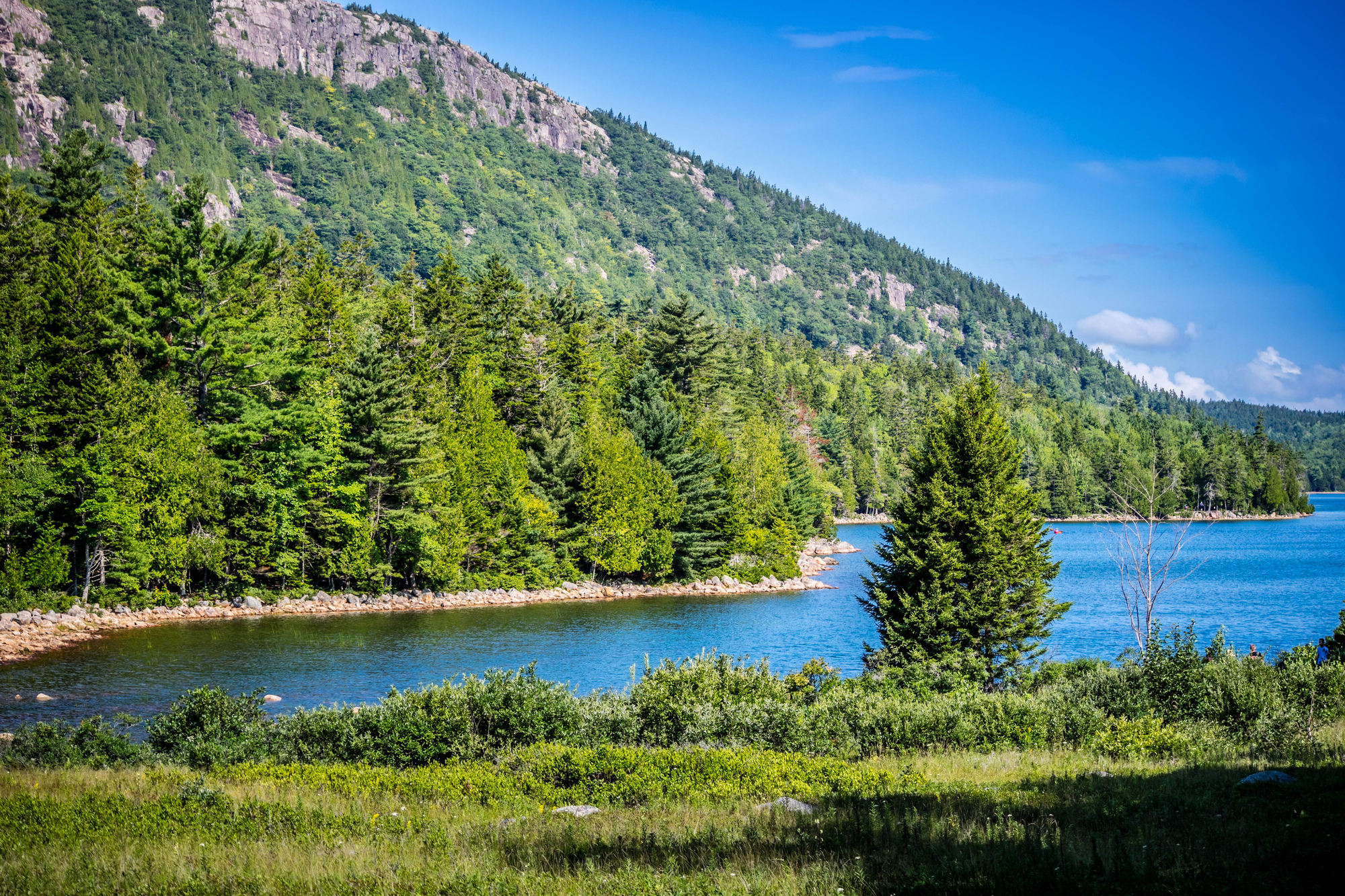
The deceptively short Precipice Trail packs technical climbing moves into a hiking context, with iron rungs and exposed ledges creating an experience closer to a via ferrata than a conventional trail. Beyond this famous route, the Beehive and Jordan Cliffs trails similarly test a hiker’s comfort with exposure and scrambling in a relatively compact setting.
While not lengthy, these trails demand focus and a head for heights that separates casual visitors from those seeking genuine challenge in this coastal park.
Like Travel Pug’s content? Follow us on MSN.
Haleakalā National Park, Hawaii

The Kaupo Gap route from the volcano’s summit to the coast drops 7,000 feet over 10.4 miles through multiple climate zones, punishing knees and testing endurance. Exposure to intense tropical sun without reliable shade, combined with limited water access, creates a logistical challenge beyond the physical demands.
The park’s wild eastern section provides a stark contrast to the accessible summit area, requiring hikers to manage uneven terrain and flash flood potential in stream beds during the rainy season.
Shenandoah National Park, Virginia

Old Rag Mountain stands as the East Coast’s answer to western technical hikes. Its rock scramble section requires full-body climbing moves and excellent route-finding skills.
The complete circuit covers only 9 miles but demands significant upper body strength and hiking endurance. For those seeking extended challenges, the park hosts 92 strenuous trails, including significant sections of the Appalachian Trail, where rocky terrain and humidity create demanding conditions that test stamina throughout the warmer months.
Death Valley National Park, California

Telescope Peak represents just one of many challenging routes where extreme temperatures and a complete lack of water sources create challenges beyond the purely physical. The Badwater to Telescope Peak route climbs from the lowest point in North America to over 11,000 feet, demanding exceptional heat management and water carrying capacity.
The park’s remote backcountry routes through slot canyons and across salt flats require navigational precision, as disorientation in this extreme environment can become life-threatening quickly.
Like Travel Pug’s content? Follow us on MSN.
Great Smoky Mountains National Park, Tennessee/North Carolina
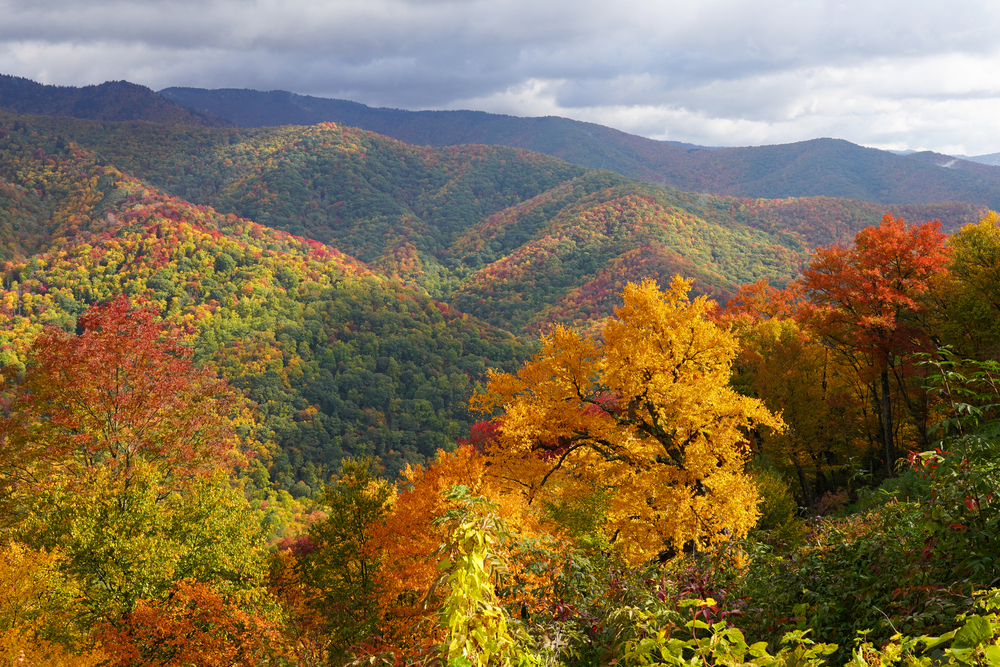
The steep, rugged terrain along the Appalachian Trail corridor through the park offers challenges that rival western mountains, particularly on routes like the Boulevard Trail to Mount LeConte. What these trails lack in elevation, they make up for in technical terrain, with rocky paths turned slick by the region’s high rainfall and humidity, which sap energy faster than drier mountain environments.
Extended ridge routes create exposure to sudden thunderstorms, demanding quick decision-making and appropriate gear.
Voyageurs National Park, Minnesota

While not known for vertical challenges, the Peninsula Trail and other remote routes in this northern wilderness demand advanced navigation skills as they weave between land and water sections. The physical challenge comes from portaging watercraft, managing muddy conditions, and coping with the notorious mosquito and black fly seasons.
Winter access transforms these same routes into technical challenges requiring cold-weather expertise and the ability to travel effectively on snowshoes or cross-country skis through deep snow conditions.
Big Bend National Park, Texas

The Outer Mountain Loop combines desert heat, significant elevation change, and minimal water access to create a demanding 30-mile circuit requiring careful planning and desert hiking experience. The South Rim Trail delivers technical terrain with substantial exposure in sections, while the park’s remote location means hikers must be self-sufficient and prepared for emergencies.
The stark beauty of the Chihuahuan Desert landscape rewards those willing to manage these challenges with solitude rarely found in more accessible parks.
Like Travel Pug’s content? Follow us on MSN.
Beyond the Beaten Path
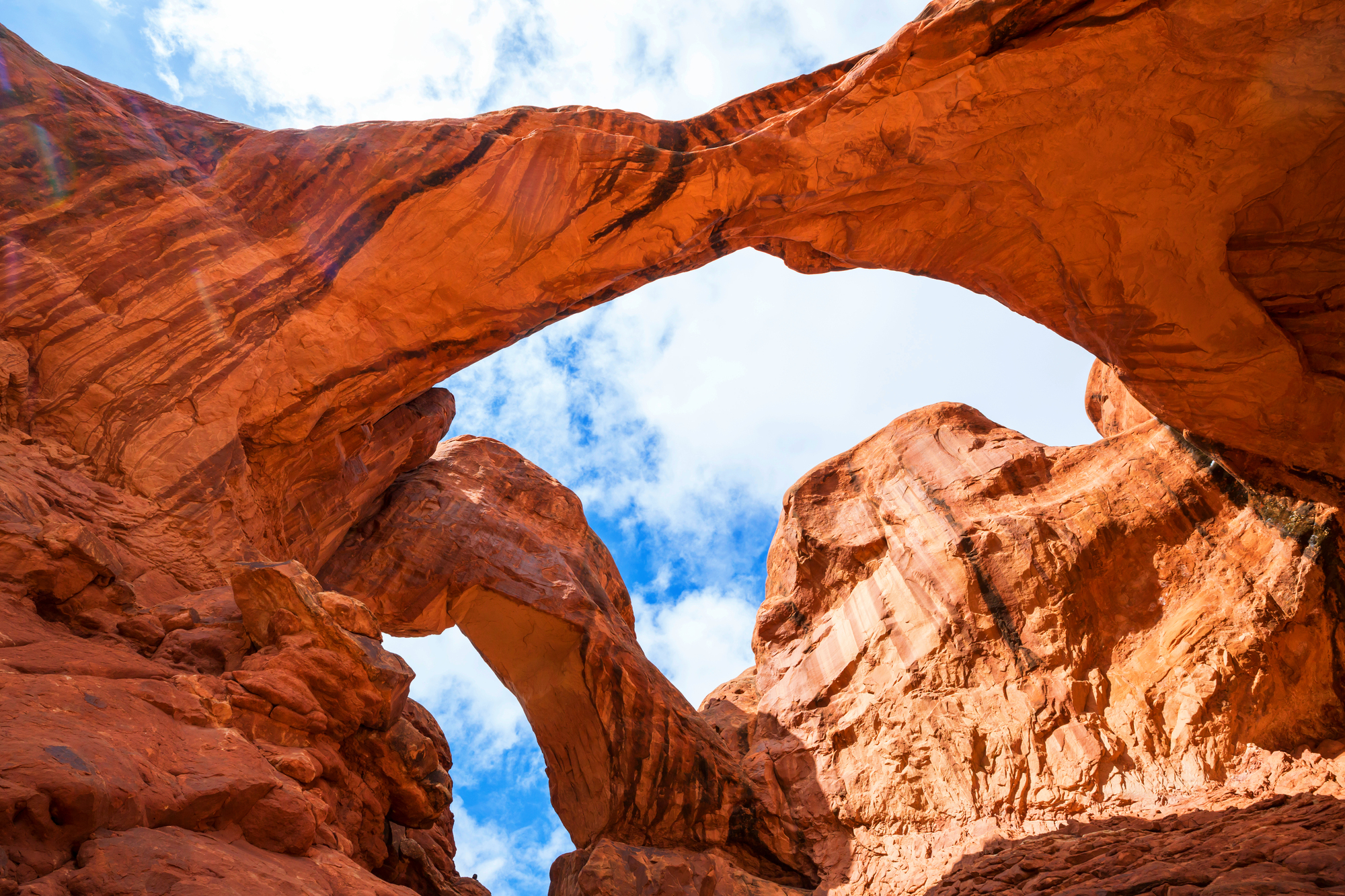
These national parks represent testing grounds where hikers can push their limits amid some of the world’s most stunning natural landscapes. The challenges they present—whether technical terrain, extreme weather, navigational complexities, or remote wilderness—demand respect and preparation.
For those ready to elevate their hiking beyond casual trails, these parks offer lifetime achievement experiences that combine physical demands with the profound rewards of experiencing protected lands at their most wild and authentic.
More from Travel Pug

- Cities Growing so Fast You Won’t Recognize Them in 10 Years
- 13 Destinations Where Tourists Regularly Regret Their Trip
- 16 U.S. Cities That Are Quietly Becoming Travel Hotspots
- Where to Travel If You Love Long Bus Rides and Daydreams
- 20 Cities Perfect for Solo Travelers Who Crave Adventure & Culture
Like Travel Pug’s content? Follow us on MSN.
